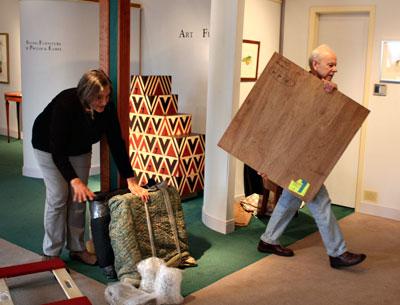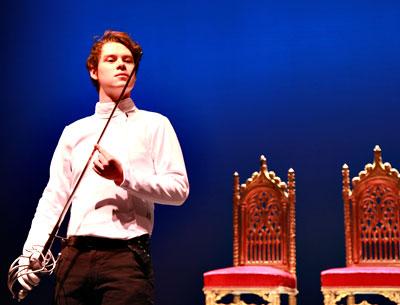Celtic Music
Celtic Music
Cherish the Ladies, an ensemble that has grown over the past 29 years into the most successful Irish-American group devoted to Celtic music, will perform “A Celtic Christmas” on Saturday at 8 p.m. at Guild Hall.
Named after a traditional Irish jig, the group of five women blends vocals, step dancing, and a variety of instruments, including the fiddle, mandolin, flute, whistle, and piano, into a lively package of traditional Irish culture.
The Christmas concert will include classic carols such as “O Come All Ye Faithful” and “Silent Night” in arrangements that highlight Celtic instrumentation and harmonies. Prime orchestra seats are $55, $53 for members, orchestra tickets are $45 and $43, and balcony seats $30 and $28.



